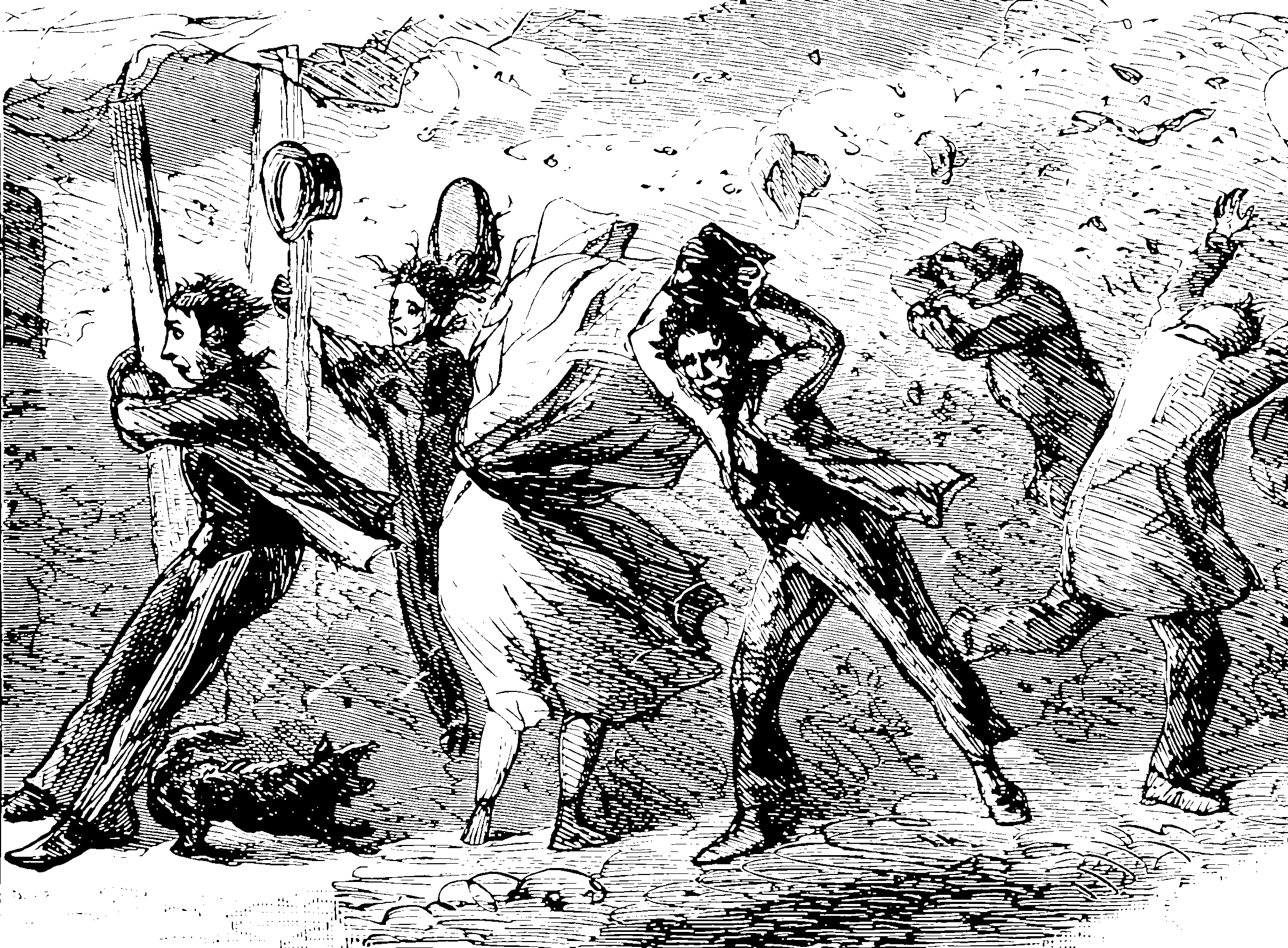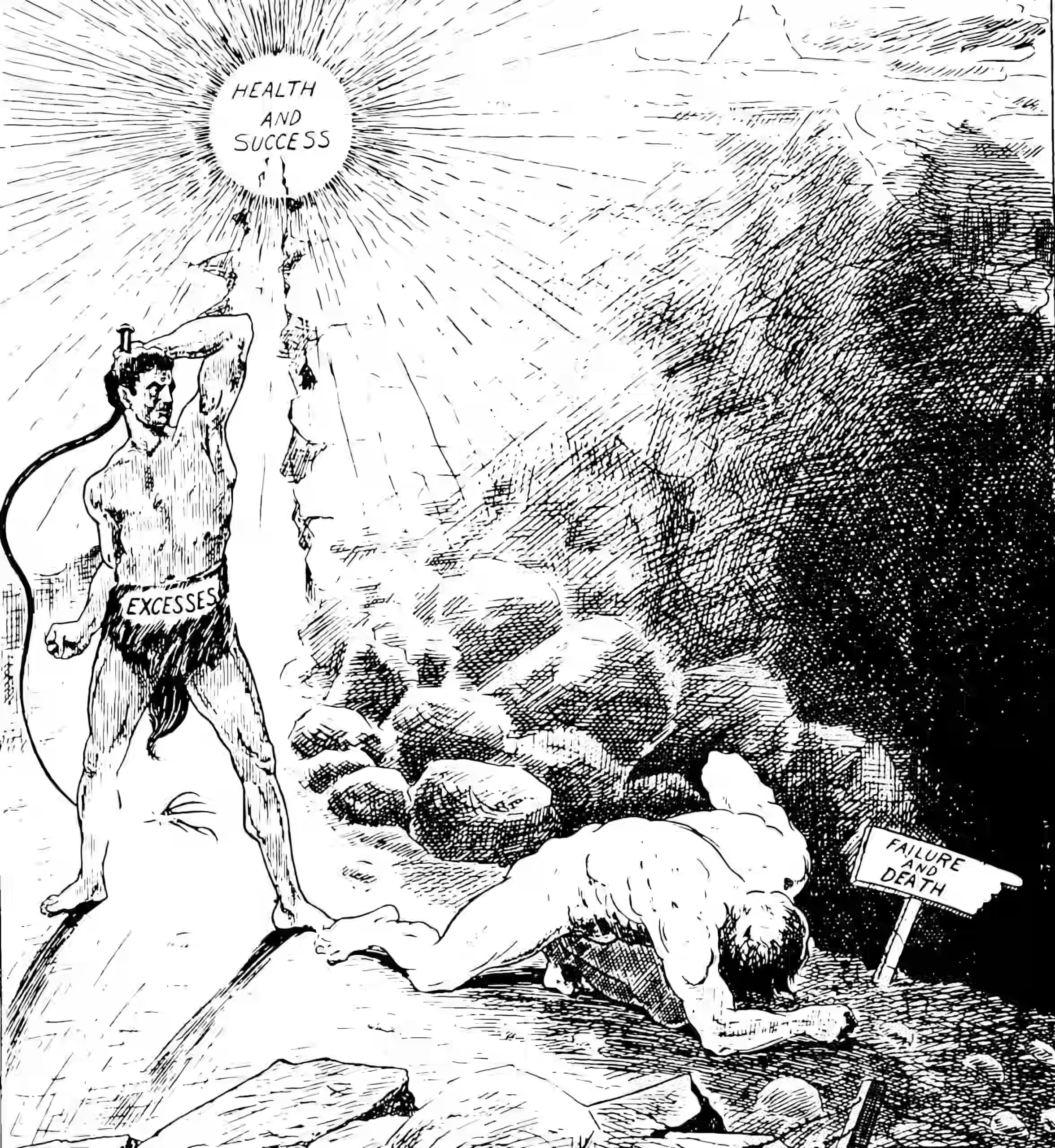Extreme value theory
On the decay of awfulness with oftenness
2020-01-13 — 2021-06-30
Wherein the limiting shapes of probability tails are classified and the Pickands–Balkema–de Haan theorem is invoked, so that excesses over high thresholds are modeled by the generalized Pareto law.
In a satisfying way, it turns out that there are only so many shapes that probability densities can assume as they head off towards infinity. Extreme value theory makes this notion precise and gives us some tools to work with them. Important application: understanding the kinds of heavy tailed variables we can observe in nature.
See also densities and intensities, survival analysis.
🏗
\[\renewcommand{\var}{\operatorname{Var}} \renewcommand{\dd}{\mathrm{d}} \renewcommand{\bb}[1]{\mathbb{#1}} \renewcommand{\vv}[1]{\boldsymbol{#1}} \renewcommand{\rv}[1]{\mathsf{#1}} \renewcommand{\gvn}{\mid} \renewcommand{\Ex}{\mathbb{E}} \renewcommand{\Pr}{\mathbb{P}}\]
1 Tail limit theorems
The main result of use to our ends from EVT is the Pickands-Balkema-de Haan theorem (Balkema and de Haan 1974; Pickands III 1975).
This tells us that we can find a function \(\beta(u)\) such that \[\lim _{u \rightarrow t_{T}} \sup _{0 \leq t<t_{T}-u}\left|T_{u}(t)-G_{\nu, \beta(u),0}(t)\right|=0\] if (and only if) \(T\) is in the maximal domain of attraction of the extreme value distribution with parameter \(\nu\) for some \(\nu\in\bb{R}\).
This maximal domain of attraction was introduced in the Fisher-Tippett theorem (Fisher and Tippett 1928), and is analysed in the EVT literature (e.g. Embrechts, Kluppelberg, and Mikosch 1997). It is pretty hard to find a distribution that does not fit in the MDA. I should try.
Practically, this means that for many purposes, the tails of a random variable \(\rv{t}\) may as well be assumed to be a GPD, \(\rv{t}\sim G_{\nu,\beta,\mu}(t) := 1-\left(1+\frac{\nu (t-\mu)}{\beta}\right)^{-1/\nu}.\) Then for \(t> s\geq 0\) and assuming that \(G_{\nu,\beta,\mu}(s)>0,\) the survival probability over an interval \((s,t]\) is \[\begin{aligned} \Pr[\rv{t}\geq t\gvn \rv{t}> s] &=\frac{\Pr[\rv{t}\geq t\cap \rv{t}> s]}{\Pr[\rv{t}> s]}\\ &=\frac{\Pr[\rv{t}\geq t]}{\Pr[\rv{t}> s]}\\ &=\frac{\bar{G}_{\nu,\beta,\mu}(t)}{\bar{G}_{\nu,\beta,\mu}(s)}\\ &=\frac{\left(1+\frac{\nu (t-\mu)}{\beta}\right)^{-1/\nu}}{\left(1+\frac{\nu (s-\mu)}{\beta}\right)^{-1/\nu}}\\ &=\left(\frac{\beta+\nu (s-\mu)}{\beta+\nu (t-\mu)}\right)^{1/\nu}.\label{eq:gpd-survival-prob} \end{aligned}\]
2 Generalized Pareto Distribution
Best intro from Hosking and Wallis (1987):
The generalized Pareto distribution is the distribution of a random variable \(\rv{x}\) defined by \(\rv{x}= \alpha\left(1-e^{-k \rv{y}}\right) / k,\) where \(\rv{y}\) is a random variable with the standard exponential distribution. The generalized Pareto distribution has distribution function
\[ \begin{aligned} F(x) &=1-(1-k x / \alpha)^{1 / k}, & & k \neq 0 \\ &=1-\exp (-x / \alpha), & & k=0 \end{aligned} \] and density function
\[ \begin{aligned} f(x) &=\alpha^{-1}(1-k x / \alpha)^{1 / k-1}, & & k \neq 0 \\ &=\alpha^{-1} \exp (-x / \alpha), & & k=0 \end{aligned} \] the range of \(x\) is \(0 \leq x<\infty\) for \(k \leq 0\) and \(0 \leq x \leq \alpha / k\) for \(k>0 .\) The parameters of the distribution are \(\alpha,\) the scale parameter, and \(k,\) the shape parameter. The special cases \(k=0\) and \(k=1\) yield, respectively, the exponential distribution with mean \(\alpha\) and the uniform distribution on \([0, \alpha] ;\) Pareto distributions are obtained when \(k<0 .\)
and
- The failure rate \(r(x)=f(x) /\{1-F(x)\}\) is given by \(r(x)=1 /(\alpha-k x)\) and is monotonic in \(x,\) decreasing if \(k<0,\) constant if \(k=0,\) and increasing if \(k>0\)
- If the random variable \(X\) has a generalized Pareto distribution, then the conditional distribution of \(X-t\) given \(X \geq t\) is also generalized Pareto, with the same value of \(k\)
- Let \(Z=\max \left(0, X_{1}, \ldots, X_{N}\right),\) where the \(X_{i}\) are independent and identically distributed as (1) and \(N\) has a Poisson distribution. Then \(Z\) has, essentially, a generalized extreme value (GEV) distribution as defined by Jenkinson (1955); that is, there exist quantities \(\beta, \gamma,\) and \(\delta,\) independent of \(z,\) such that
\[ \begin{aligned} F_{Z}(z) &=\operatorname{Pr}(Z \leq z) \\ &=\exp \left[-\{1-\delta(z-\gamma) / \beta\}^{1 / \delta}\right], \quad z \geq 0 \end{aligned} \] furthermore, \(\delta=k ;\) that is, the shape parameters of the GEV and the GPD are equal.
3 Generalized Extreme Value distributions
🏗️
4 Burr distribution
🏗️

